Description
In Depth
OrganGenic by Alimentum Labs is a groundbreaking blend of nutrient-rich, organ-based ingredients meticulously crafted to elevate your vitality and overall well-being. Harnessing the potent essence of nature, OrganGenic is an advanced supplement designed to invigorate your health journey. Crafted from a blend of pure bovine organ tissue extracts, also known as glandulars, this innovative formula is a potent source of DNA, RNA, and amino acids that are essential for multi-organ support.
While conventional nutrition often fixates on muscle portions, OrganGenic delves into the lesser-known, but profoundly impactful world of organs. OrganGenic doesn’t just offer a convenient way to incorporate these nutritional treasure troves into your daily regimen, it presents an opportunity to optimize your health with one comprehensive formula.
By embracing the nutritional potential of organ tissues, OrganGenic empowers you to fortify your body against various health concerns, from adrenal fatigue to thyroid dysfunction. Elevate your wellness journey with OrganGenic and experience the transformative benefits of glandular nutrition.
Key Features
- Consuming heart tissue is reported to promote overall health due to its rich composition of proteins, vitamins, and minerals such as iron, zinc, and selenium, along with high levels of the potent antioxidant CoQ10. These nutrients support cardiovascular health by promoting efficient energy production, aiding in muscle function, and providing antioxidant protection against oxidative stress, ultimately contributing to heart health and overall well-being.
- Consuming liver has been shown to be highly beneficial for human health due to its dense concentration of essential nutrients, including vitamin A, which supports vision and immune function, B vitamins that aid in energy metabolism and nerve function, iron for red blood cell production, and zinc for immune health and wound healing. Additionally, liver tissue extract contains compounds that support detoxification processes in the body, making it a valuable addition to promoting overall vitality and well-being.
- Adding pancreas tissue to your daily regimen is said to enhance human health with its rich content of digestive enzymes like amylase for carbohydrates, lipase for fats, and proteases for proteins, facilitating efficient nutrient breakdown and absorption in the small intestine. These enzymes play a vital role in supporting gastrointestinal health, optimizing digestion, and ensuring the body receives essential nutrients to support overall well-being.
- Thyroid tissue extract provides the body with a rich source of iodine, essential for thyroid hormone production, which regulates metabolism and energy levels. Additionally, thyroid tissue extract contains bioactive compounds that support hormone balance, metabolic function, and overall thyroid health, contributing to optimal energy metabolism and well-being.
- Including adrenal tissue extract in your supplement routine is reported to promote overall health by providing essential fatty acids, enzymes, minerals, and vitamins, supporting various bodily functions regulated by adrenal hormones. These nutrients aid in stress management, blood pressure regulation, metabolism, and electrolyte balance, ultimately promoting overall adrenal function, hormone balance, and resilience to stressors for enhanced well-being.
White Paper
The White Paper is your comprehensive guide to understanding this product. It details the ingredients, their functions, and how they work together to deliver results. Complete with usage guidance and safety information, it’s an invaluable resource for anyone seeking a thorough understanding of this formula.
Essential Ingredients
- Heart
- Liver
- Pancreas
- Thyroid
- Adrenal
Directions
Take 5 capsules daily, or as directed by your health care provider.
Warnings
Keep away from heat, sunlight, and out of the reach of children.
Quality Guarantee
cGMP facility
Non-GMO
Gluten Free
No Sugar
Dairy Free
Frequently Asked Questions
Who should take OrganGenic?
OrganGenic is ideal for individuals seeking comprehensive support for vitality, energy, and overall well-being, particularly those looking to optimize health, manage specific concerns related to organ function, or address potential nutritional deficiencies.
How should I take OrganGenic?
It is recommended to take 5 capsules throughout the day and increase you water intake for optimal absorption and effectiveness.
Can I take OrganGenic with other supplements?
Yes, it is perfectly fine to include OrganGenic in your supplement routine alongside other supplements, especially other Alimentum Labs products that support general health. However, it’s always a good idea to consult with your healthcare provider before starting any new supplement to ensure it aligns with your individual health needs and to avoid any potential interactions with other supplements or medications you may be taking.
Can I take OrganGenic if I'm pregnant?
OrganGenic is considered safe when taken as directed; however, we recommend consulting your healthcare practitioner before starting any new supplement, especially during such a delicate time as pregnancy. Your healthcare provider can provide personalized guidance based on your individual health status and needs to ensure the safety and well-being of both you and your baby.
Why is Pancreas important for digestion?
The pancreas found in OrganGenic is important for digestion as it contains digestive enzymes that break down food in the small intestine and support optimal nutrient absorption.
How does OrganGenic promote tissue repair and regeneration?
OrganGenic by Alimentum Labs promotes tissue repair and regeneration through its rich blend of bioactive compounds, growth factors, and essential nutrients derived from its organ tissue extracts. These nutrients provide support for cellular repair processes, aid in the regeneration of damaged tissues, and promote overall tissue health. Additionally, OrganGenic’s formulation supports optimal nutrient absorption, ensuring that the body receives the necessary building blocks for tissue repair and regeneration.


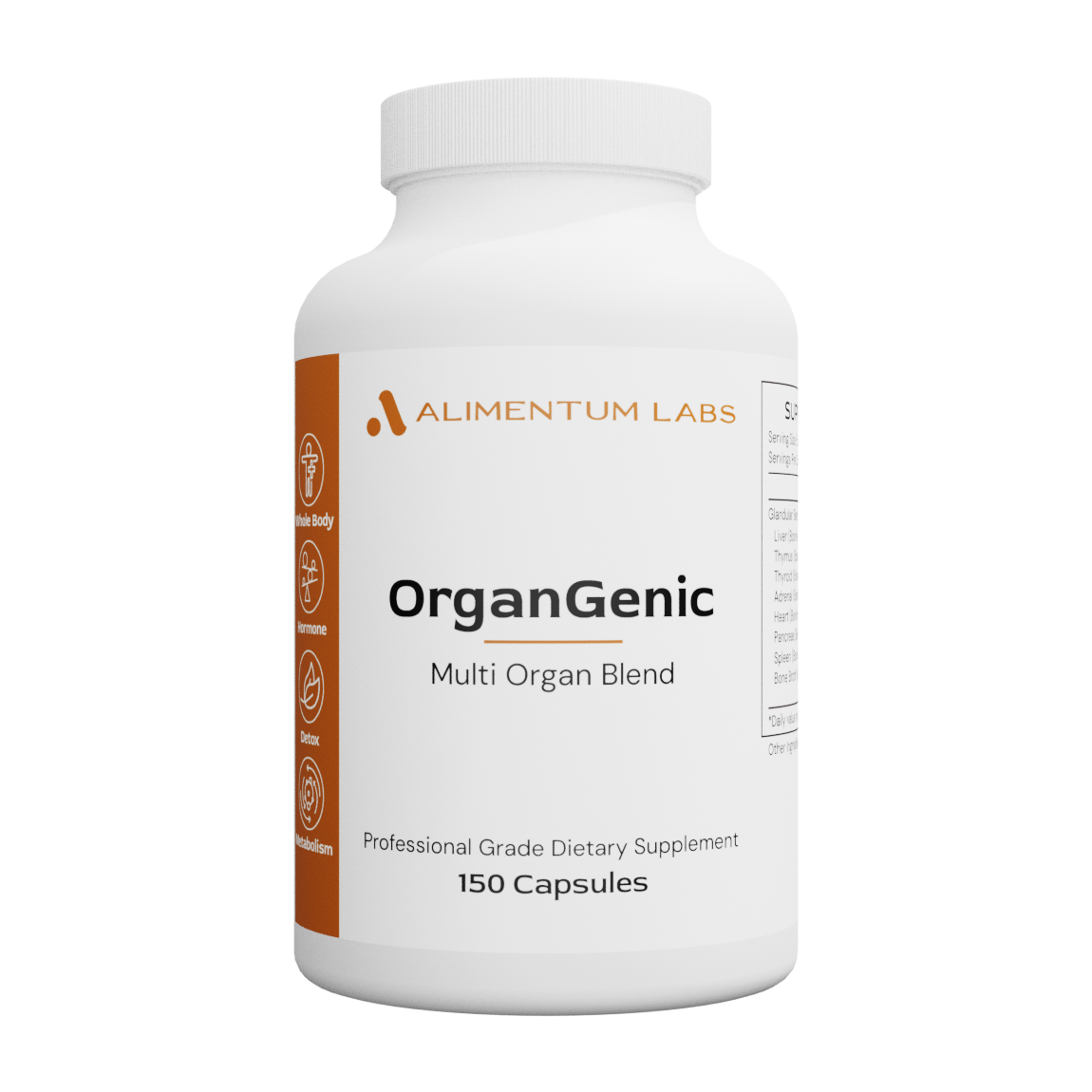
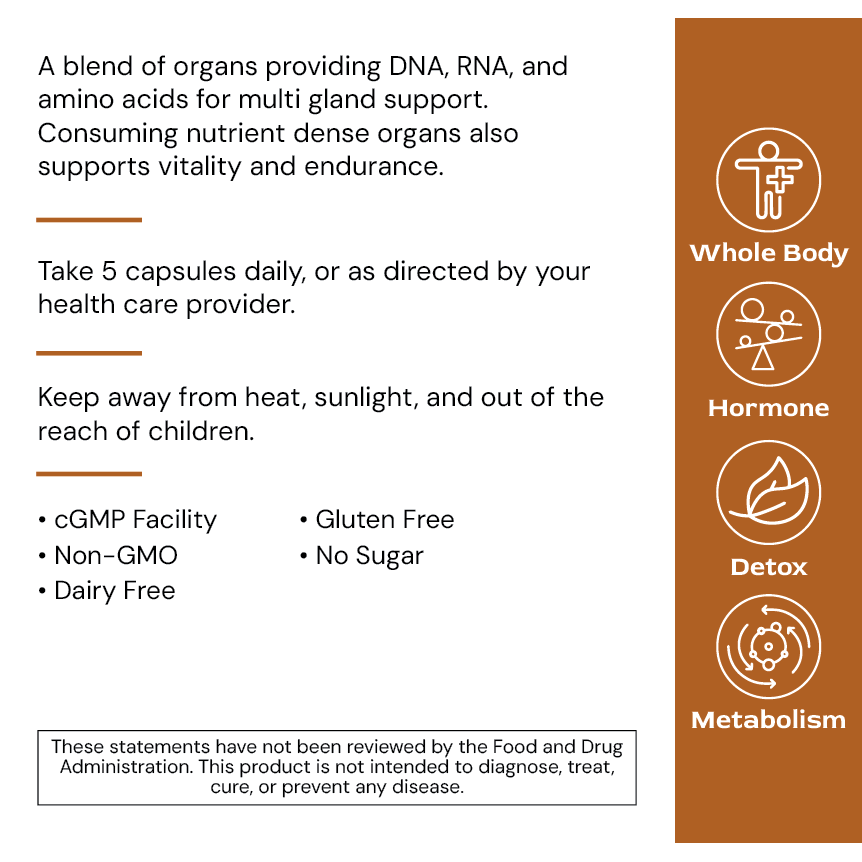
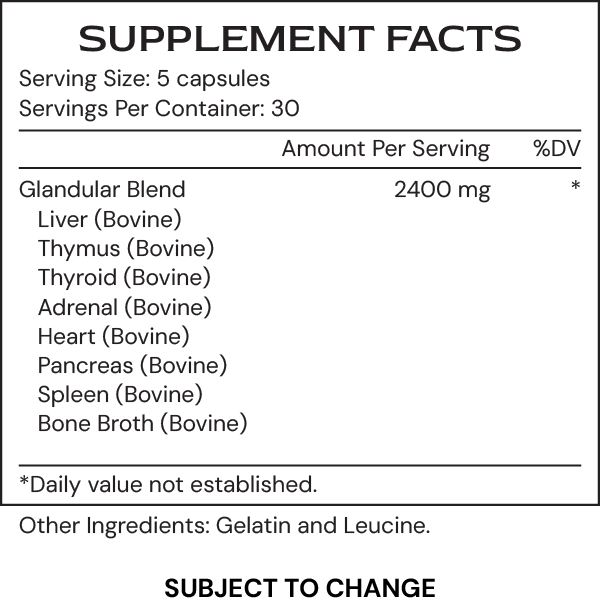
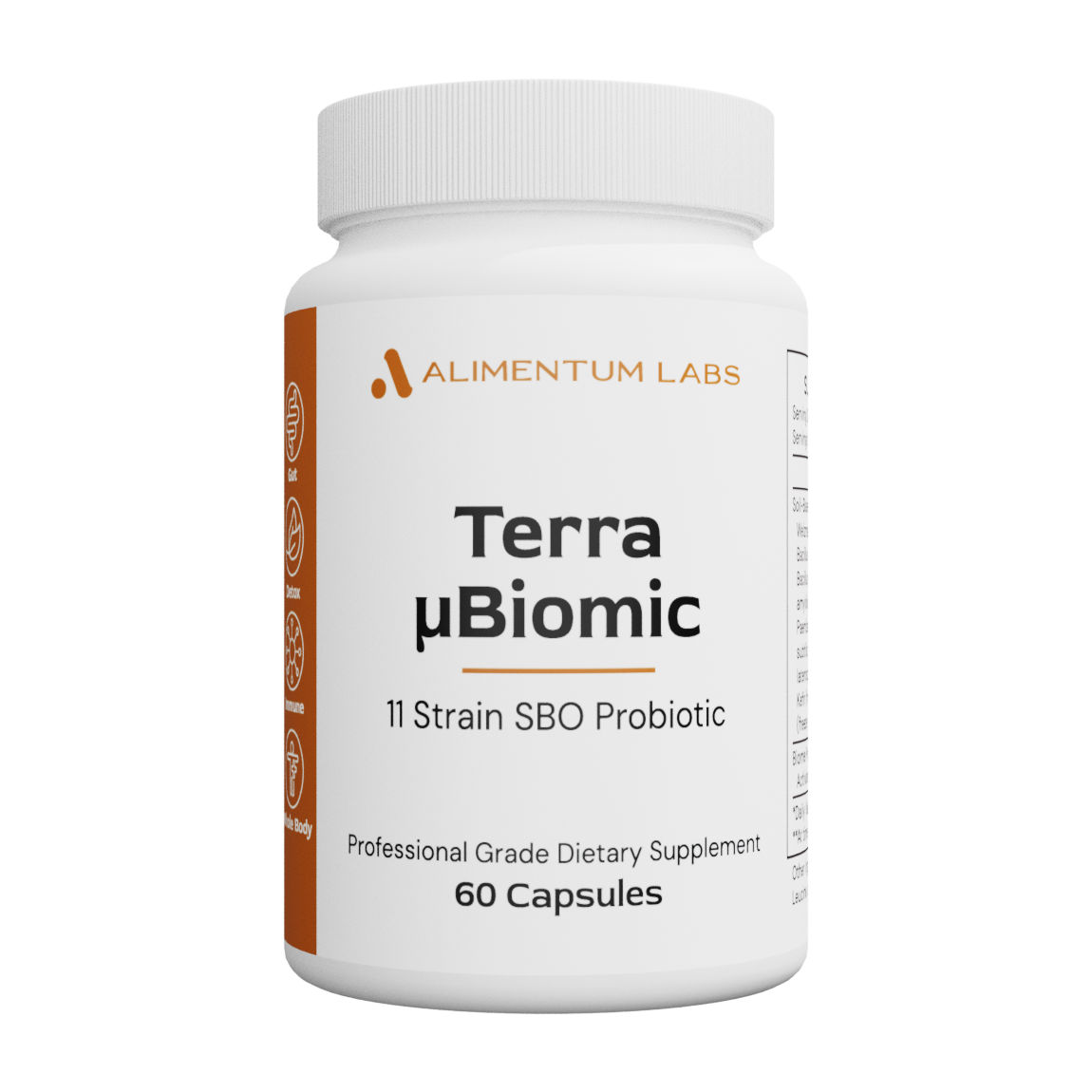
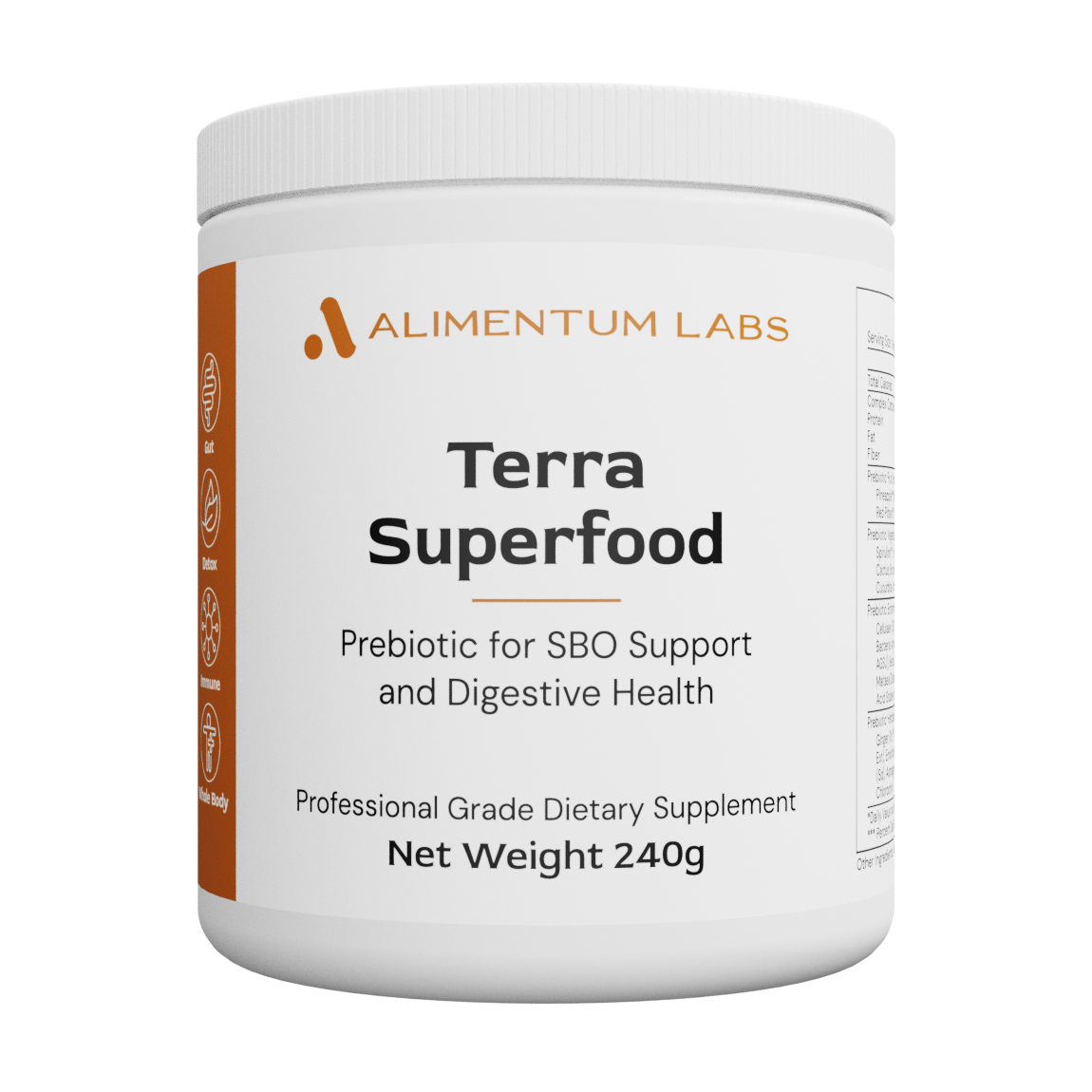
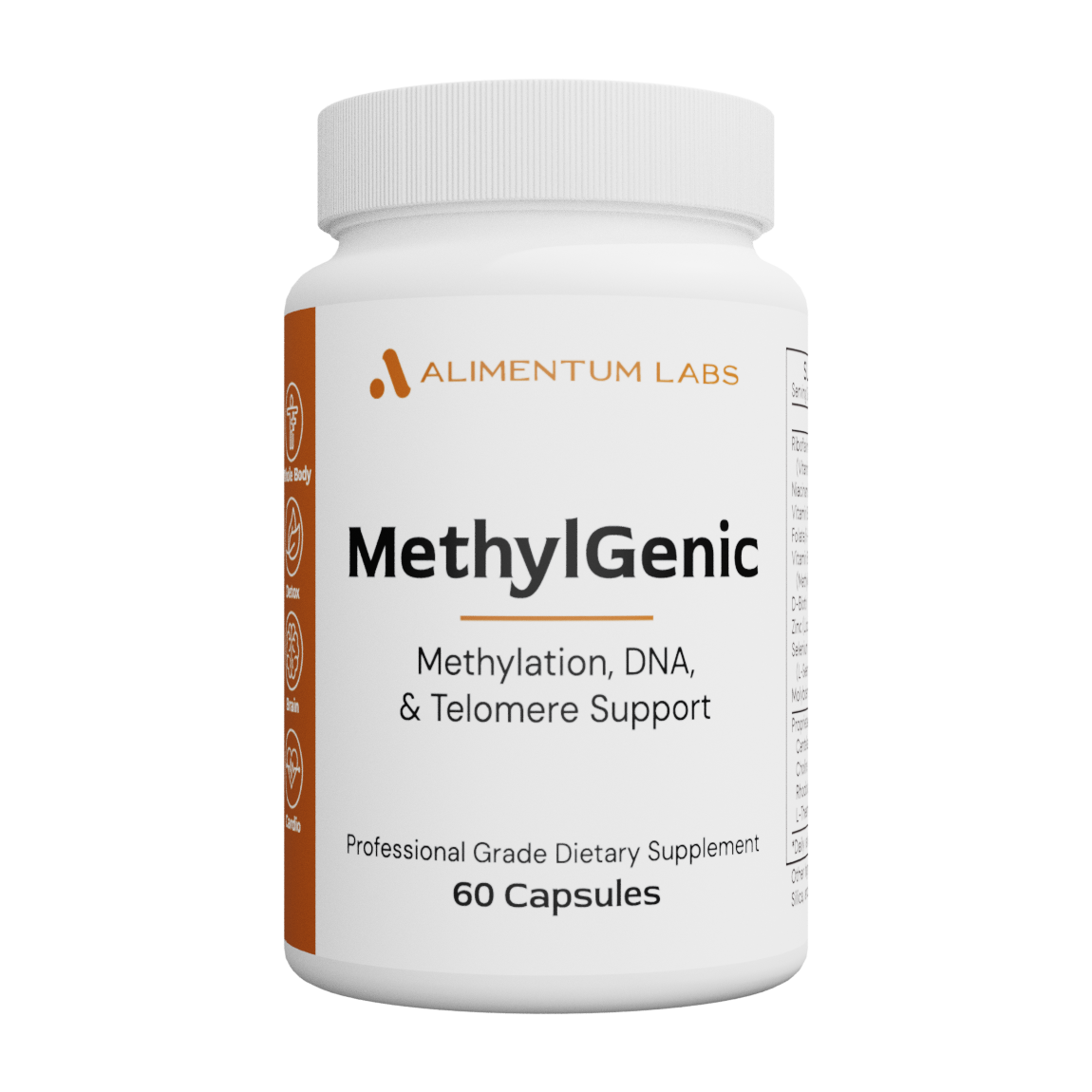
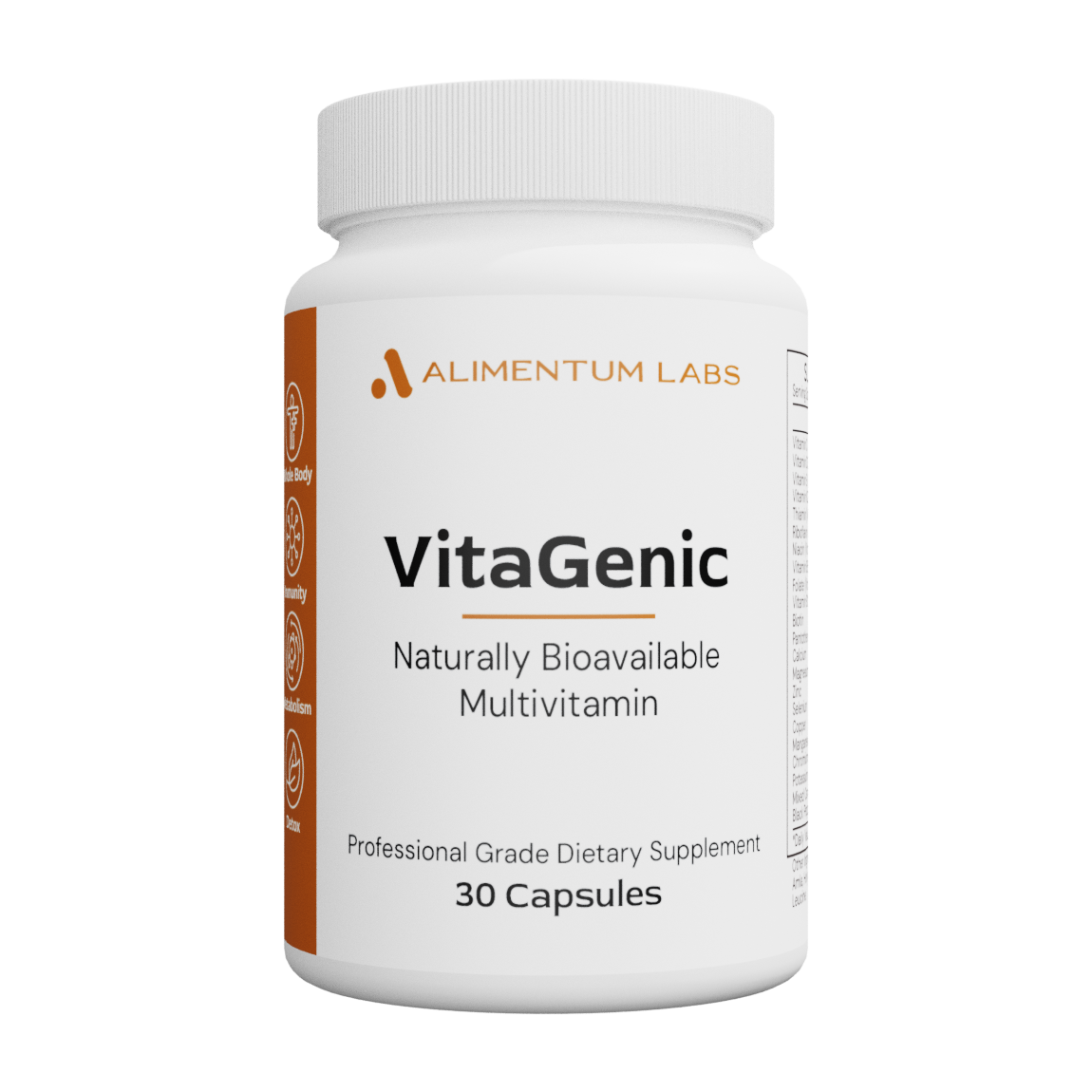
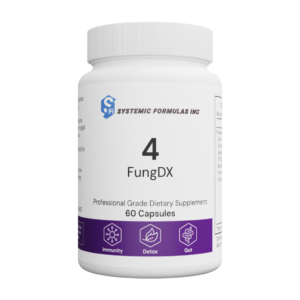
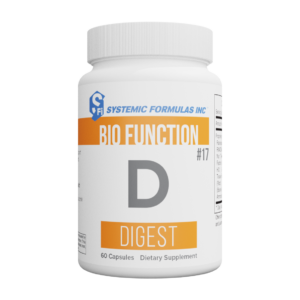
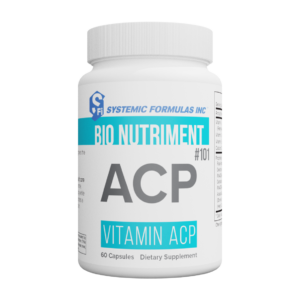
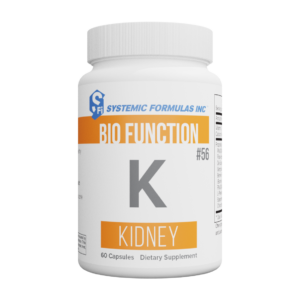

There are no reviews yet.